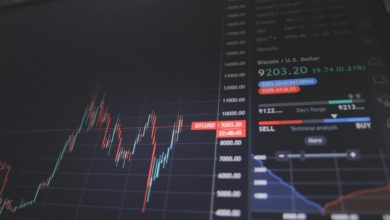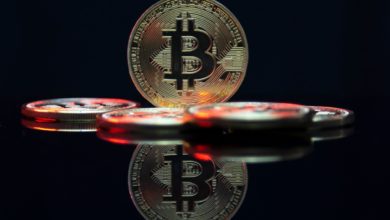Consumer Confidence Plummets Amid Tariff Concerns and Inflation Fears

U.S. consumer confidence has taken a significant hit, plunging to levels not seen since the early days of the COVID-19 pandemic. The Conference Board's Consumer Confidence Index dropped to 86.0 in April, marking the fifth consecutive monthly decline. This downturn is attributed to escalating concerns over President Trump’s trade policies, rising inflation expectations, and a deteriorating labor market outlook.
A Growing Decline in Sentiment
April’s reading of 86.0 represents a steep fall from March’s revised 92.9 and missed economists’ expectations. The Present Situation Index, which gauges current business and labor market conditions, slipped slightly to 133.5. However, the more worrying development came from the Expectations Index, which fell sharply to 54.4 — its lowest level since October 2011. Historically, a reading below 80 is considered a potential recession signal.
Consumers appear rattled by the surprise announcement of sweeping new tariffs, which many see as a direct threat to their household finances. Anxiety over higher prices and job losses is driving pessimism about the economy’s near-term trajectory.
Inflation Fears Accelerate
Consumers now expect inflation to rise by 7% over the next 12 months, the highest outlook since late 2022. That surge in expectations coincides with the rollout of new tariffs, which are projected to raise costs on a wide array of imported goods. This sharp uptick in price fears suggests that consumers aren’t just worried about abstract economic data — they’re anticipating tangible increases in the cost of living that could hit their wallets in the immediate future.
Job Outlook Worsens Sharply
Concerns about the labor market have also grown. Nearly one-third of consumers anticipate fewer job opportunities in the next six months — a level last seen during the depths of the Great Recession in 2009. That gloom is consistent with recent employment data showing job openings hovering near four-year lows. Fewer openings, combined with weakening expectations for income growth, are dragging confidence even lower. For the first time in five years, more consumers expect their income to fall rather than rise.
Corporate Impact and Broader Slowdown
Rising uncertainty is also beginning to show up in corporate forecasts. Several major companies have already downgraded their revenue expectations for the year, citing weaker consumer demand and growing cost pressures from tariffs.
Small businesses, in particular, are facing a double squeeze — softening demand and rising input prices. That dynamic threatens to stall hiring, investment, and growth across key parts of the economy.
Looking Ahead
While consumers still view current conditions as relatively stable, the plunge in expectations paints a stark picture of what lies ahead. Mounting fears over inflation, job security, and trade policy are beginning to drag sentiment into recessionary territory.
If these trends continue into summer, policymakers may face mounting pressure to stabilize the economy before consumer spending, the engine of U.S. growth, begins to sputter more broadly.




